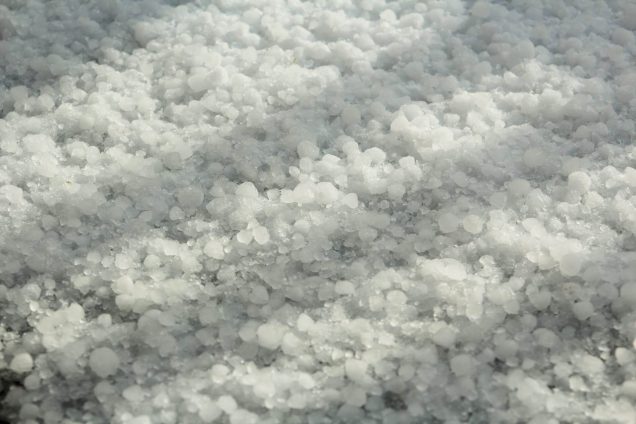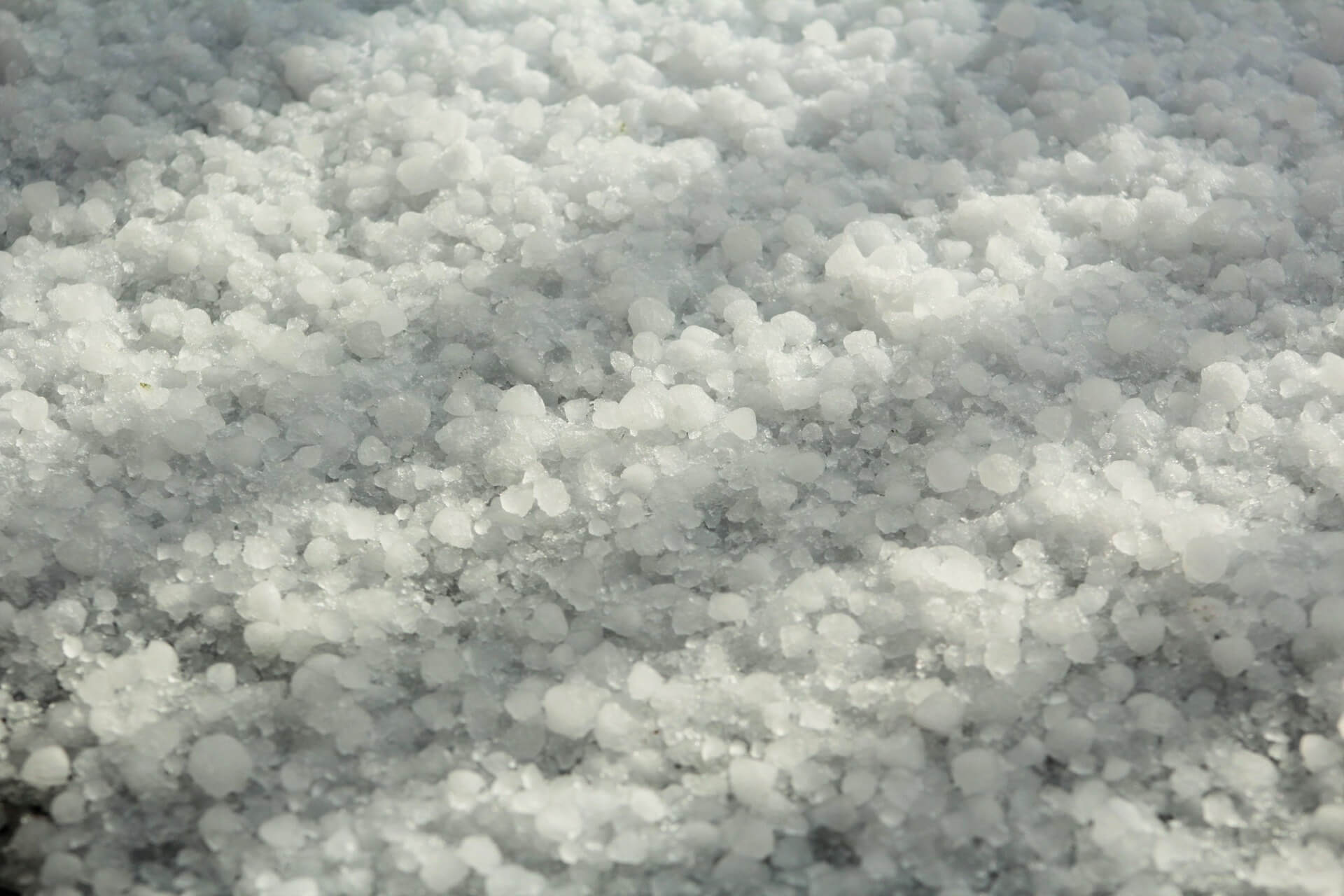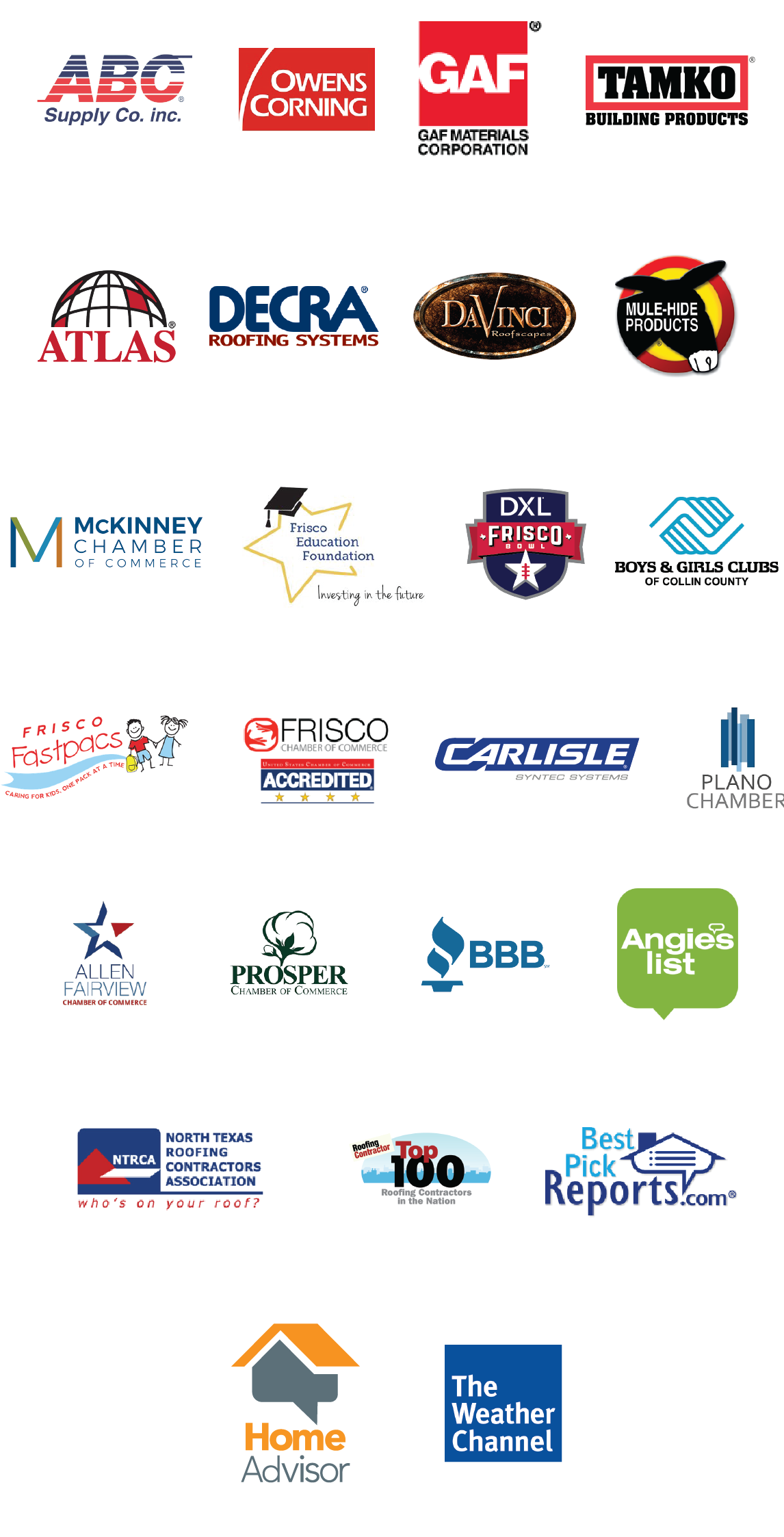Can Hail Really Damage a Roof?
Hail can easily damage any roofing surface. This is a real problem that causes many property owners to file claims for damages to their spots.
However, sometimes the hail damage that comes onto your roof comes not from the hail itself but from something else. It is often caused by the roof not being installed as well as it should be. This is a real issue that can create a problem in your property.
Looking for Hail Damages
You must always inspect your roofing surface after a hail storm. This is to see if there are any significant problems with the surface that need to be fixed in some way.
The process of trying to find hail damage on your roof isn’t as easy to handle as you might think. It is often visible under the surface of your roof. If anything, you might need some magnification support to actually look at the damage that your roof experienced.
- Look at the bottom parts of the shingles and roofing sheets. This is especially if you have a single-ply membrane. Such a surface might have worn out from all that hail.
- The interplay layers may also be a big concern to look at. Fractures in those areas can be a real problem in many instances.
- PVC and SPF-based surfaces can also be damaged easily. The damages can quickly become worse if you have metal parts that are exposed.
- The cold weather that may accompany hail can be a real problem. The membrane in your area might be easy to damage as it becomes fragile and weak. This makes the surface more likely to be damaged by hail.
Low-Slope Membranes Can Be Harmed
A commercial low-slope membrane on your roof can be easily damaged by hail if it is not protected or organized well enough. Holes and punctures of all sorts can be a real problem. Damages can also occur due to the installation process not working all that well.
Sometimes the surfacing aggregate used to get such a membrane intact will not be organized as well as it should be. In such a case, some bare spots around your roof might be exposed. These could be easily damaged depending on what is happening in your space. The added force that comes onto the roof due to the impact of hail can be a real concern.
For SPF roofs, the foam used to insulate the area might be improperly distributed. This can cause a significant imbalance in that the roof will not have a straight look to it. This comes as some open spots might be easy for hail to penetrate. This, in turn, weakens your surface and adds some significant problems to space if not handled right.
When a spot on the roof is a little thicker and sturdier, it will easily repel hail and sustain no damage. A thin spot where the foam is not applied properly could be at risk of damage. This comes as the compressive strength of the foam is not going to handle the hail as well as it should.
Single-Ply Membranes Are at Risk
As you read earlier, lighter single-ply membranes can be easily harmed by hail. The reason for this is that these don’t have any protective materials. They just use more of the same basic compounds to help with getting a surface prepared right. In some cases, a surface might break down and weaken too quickly. This can be a real threat that hurts your surface.
When the single-ply membrane weakens, it becomes hard. It also breaks down in many of spots and can especially be worse in colder conditions. The seams around your surface will become exposed when the weather gets worse.
PVC materials are especially susceptible to such damages. They might weaken over time and can be at a real risk of damage if not handled properly.
Avoiding Hail Damage the Right Way
You can work well to keep hail damage from being a serious threat to your property. The key is to make sure any materials that are being used are installed the right way. You must get a professional roofing contractor to help you with installing a material the right way and as efficiently as possible. This is to see that anything you are working with will not be too rough or difficult on your space.
A proper aggregate material must also be added onto your surface to go with the other materials that you should work with. This includes materials that have been added as a layer to go around the membrane and tiles. This adds a bit of stability around a surface and keeps it from being far too difficult to handle or assemble.
Added components like ballast or pavers can be applied. These may be added well to create a stronger surface that is sturdy and durable enough to handle a variety of functions around your property.
Don’t forget to make sure that you have a proper hail storm damage restoration team on hand to help you with getting your materials installed the right way. The problem with some insurance companies these days is that they are going to charge you extra if it is determined that a surface was not installed as well as it should. As a result, you will have to get some added help to be covered for any damages.




 Let us inspect your roof's condition, repair damaged shingles, reseal flashings, replace plumbing boots, re-caulk exposed nailheads or staples, and more!
Let us inspect your roof's condition, repair damaged shingles, reseal flashings, replace plumbing boots, re-caulk exposed nailheads or staples, and more!
 Addison,
Addison,